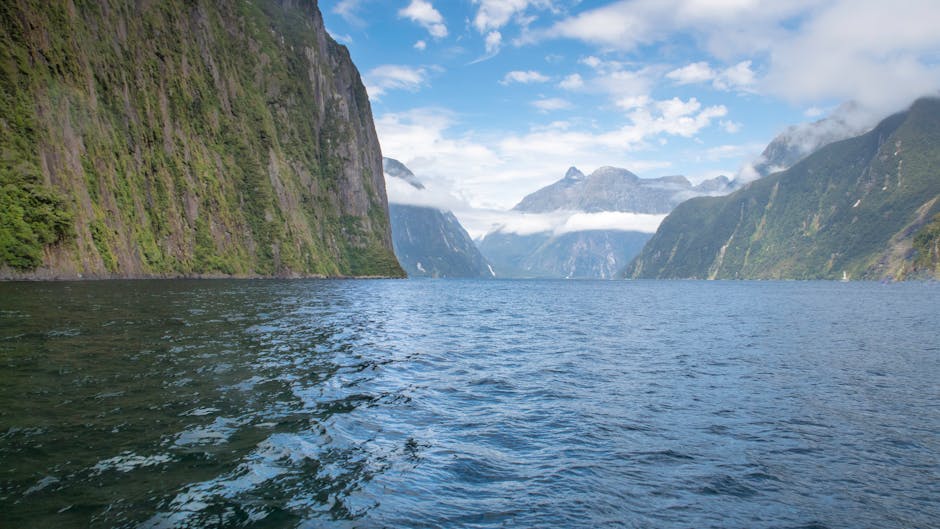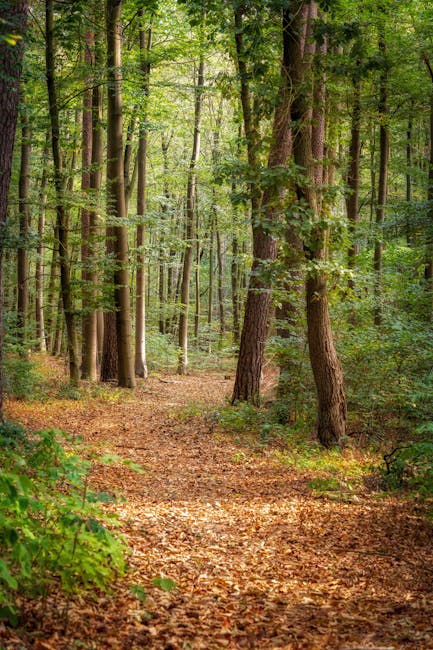-
Table of Contents
When you wake up in the morning, you may notice that you feel slightly taller than you do later in the day. This phenomenon is primarily due to the effects of gravity on the spine. Throughout the day, the weight of the body compresses the intervertebral discs in the spine, leading to a gradual decrease in height. However, during sleep, the body is in a horizontal position, allowing the discs to rehydrate and expand, resulting in a temporary increase in height upon waking. This natural fluctuation in height can vary from person to person and is influenced by factors such as age, hydration levels, and overall spinal health.
Morning Height Variation: Understanding the Science

When you wake up in the morning, you might notice that you feel a bit taller than you did the night before. This phenomenon is not just a figment of your imagination; it has a scientific basis that can be quite fascinating. Throughout the day, our bodies undergo various changes, and one of the most interesting aspects of this is the variation in height that occurs due to the compression of our spinal discs.
As you sleep, your body is in a horizontal position, which allows the spinal discs to rehydrate and expand. These discs, which act as cushions between the vertebrae in your spine, are made up of a gel-like substance that can absorb fluid. During the day, when you are upright and active, gravity exerts pressure on your spine, causing these discs to lose some of their fluid and compress slightly. This compression can lead to a decrease in height, which is why many people find themselves a bit shorter by the end of the day.
Interestingly, the amount of height variation can differ from person to person. Factors such as age, physical activity, and overall health can influence how much your height changes throughout the day. For instance, younger individuals tend to have more resilient spinal discs, allowing for greater height recovery overnight. On the other hand, as we age, our discs can lose hydration and elasticity, leading to less noticeable height variation.
Moreover, the activities you engage in during the day can also play a role in how much your height fluctuates. If you spend a lot of time sitting or standing in one position, your spine may compress more than if you are regularly moving around. Engaging in exercises that promote good posture and spinal health, such as yoga or stretching, can help mitigate some of the compression effects and may even contribute to maintaining your height throughout the day.
As you rise in the morning, the feeling of being taller can be quite uplifting. This sensation can also be attributed to the fact that after a good night’s sleep, your body is well-rested and rejuvenated. The combination of physical height increase and mental clarity can create a cheerful start to your day. It’s a reminder of how important sleep is for our overall well-being, not just for our physical stature but also for our mood and energy levels.
In addition to the physical aspects, the psychological impact of feeling taller can be significant. Height is often associated with confidence and presence, and starting your day with that boost can set a positive tone for whatever lies ahead. So, the next time
Factors Influencing Height Changes Overnight
When you wake up in the morning, you might notice that you feel a bit taller than you did the night before. This phenomenon is not just a figment of your imagination; it’s a real occurrence influenced by several factors. Throughout the day, our bodies undergo various changes that can affect our height, and understanding these factors can shed light on why you might stand a little taller after a good night’s sleep.
One of the primary reasons for this height fluctuation is the compression of the spinal discs. Our spine is made up of vertebrae, and between each vertebra are intervertebral discs that act as cushions. During the day, as we engage in activities like walking, sitting, and lifting, gravity exerts pressure on these discs, causing them to compress slightly. This compression can lead to a temporary reduction in height. However, when we lie down to sleep, the pressure is alleviated, allowing the discs to rehydrate and expand. As a result, you may find yourself measuring a bit taller in the morning.
In addition to spinal disc hydration, the quality of your sleep plays a significant role in this height change. During deep sleep, your body undergoes various restorative processes, including the release of growth hormone. This hormone is crucial for tissue growth and repair, and it can also contribute to the overall health of your spine. A good night’s sleep not only helps your body recover but also ensures that your spine is well-supported and properly aligned, which can enhance your morning height.
Moreover, hydration levels can influence how tall you feel upon waking. Throughout the day, our bodies lose water through sweat and respiration, leading to a slight decrease in hydration levels. When you sleep, especially if you are well-hydrated before bed, your body can replenish its fluids, which helps maintain the elasticity of your spinal discs. This hydration can further contribute to that feeling of increased height in the morning.
Another factor to consider is posture. After a long day of sitting or standing, it’s common for our posture to suffer, leading to slouching or misalignment of the spine. When you wake up, having spent several hours in a horizontal position, your body has the opportunity to reset and align itself more naturally. This improved posture can create the illusion of added height, making you feel taller and more confident as you start your day.
It’s also worth noting that age plays a role in height changes. As we age, our bodies naturally lose some height due to factors
The Role of Spinal Compression in Daily Height Fluctuations
When you wake up in the morning, you might notice that you feel a bit taller than you did the night before. This phenomenon can be attributed to the role of spinal compression and the natural fluctuations in height that occur throughout the day. As you go about your daily activities, your spine undergoes a series of changes that can affect your overall height, making it an intriguing topic to explore.
To understand this process, it’s essential to consider the structure of the spine itself. The spine is made up of vertebrae, which are separated by intervertebral discs. These discs act as cushions, providing support and flexibility to the spine. Throughout the day, especially during activities that involve standing or sitting, gravity exerts a force on these discs, causing them to compress. This compression can lead to a slight decrease in height, which is why many people may feel a bit shorter by the end of the day.
Interestingly, this compression is not permanent. When you lie down to sleep, the pressure on your spine is alleviated, allowing the intervertebral discs to rehydrate and expand. This process can add a small amount of height back to your stature, which is why you may feel taller in the morning. In fact, studies have shown that individuals can experience height fluctuations of up to half an inch or more from morning to night, depending on various factors such as age, activity level, and overall spinal health.
Moreover, the role of hydration cannot be overlooked in this discussion. The intervertebral discs are composed largely of water, and staying well-hydrated throughout the day can help maintain their elasticity and function. When you wake up after a good night’s sleep, your body is typically well-hydrated, which contributes to the discs being plump and full, further enhancing that morning height. Conversely, dehydration can lead to reduced disc height and increased spinal compression, making you feel shorter.
As the day progresses, various activities can also influence how your spine behaves. For instance, prolonged periods of sitting can lead to slouching, which not only affects your posture but can also contribute to spinal compression. Engaging in regular physical activity, particularly exercises that promote good posture and strengthen the core, can help mitigate these effects. Activities like yoga and stretching can be particularly beneficial, as they encourage spinal alignment and flexibility, allowing your body to maintain its natural height throughout the day.
In addition to physical factors, age plays a significant role in height fluctuations. As we age, our
Q&A
1. **Question:** Are you taller when you wake up in the morning?
**Answer:** Yes, people are generally slightly taller in the morning due to spinal decompression during sleep.
2. **Question:** How much taller can you be in the morning?
**Answer:** The difference can be about 1 to 2 centimeters (0.4 to 0.8 inches).
3. **Question:** Why do you lose height throughout the day?
**Answer:** Gravity compresses the discs in the spine throughout the day, leading to a slight loss of height by evening.Yes, you are typically taller when you wake up in the morning due to the decompression of the spine that occurs during sleep, allowing for a slight increase in height. Throughout the day, gravity compresses the spinal discs, leading to a gradual decrease in height by evening.



















